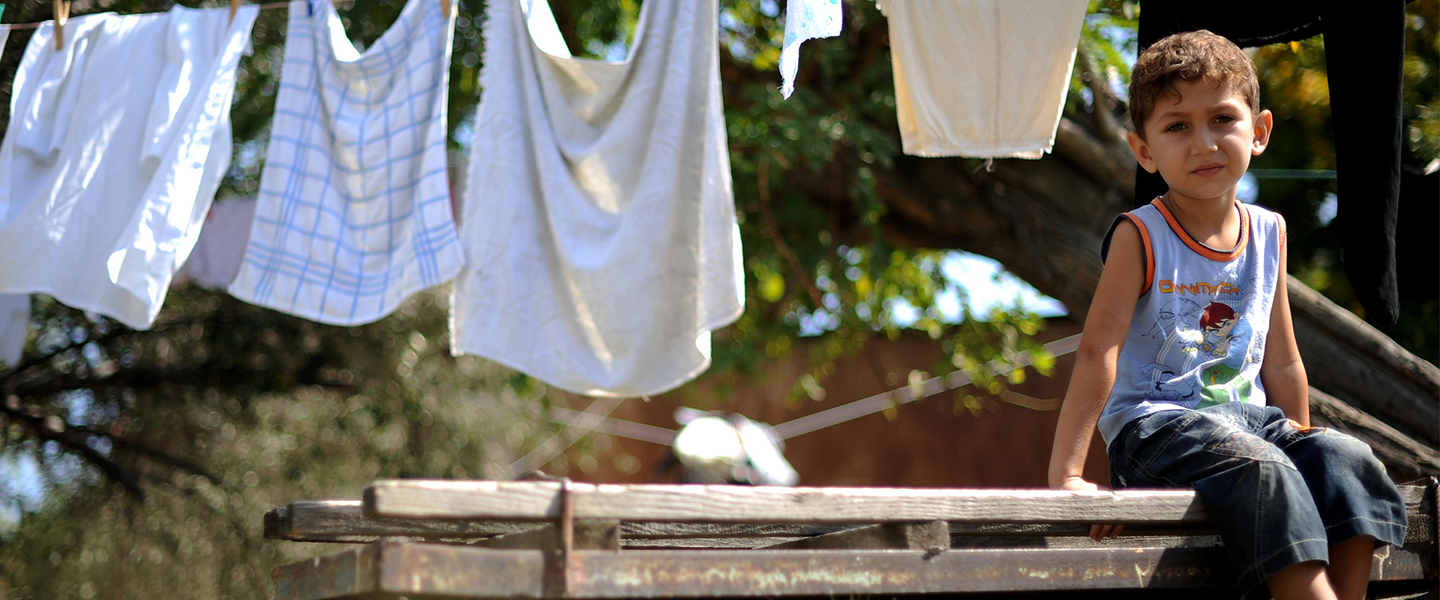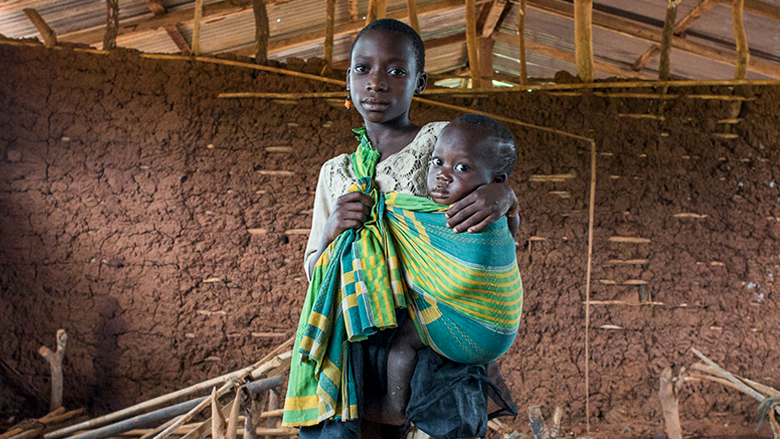Note: The global poverty lines were updated in June 2025.
The international poverty line, which is used to measure extreme poverty in low-income economies, is set today at $3.00 per person per day. According to the latest data, around one in ten people globally are estimated to be living in extreme poverty, a significant share of whom are in Sub-Saharan Africa or fragile and conflict-affected situations.
For lower-middle-income economies, the poverty line is currently set at $4.20 per person per day, and for upper-middle-income economies, it is $8.30. Based on these lines, almost one in five people around the world today live on less than $4.20 per day, while nearly half the global population lives on less than $8.30 per day.
Background
The international poverty line was first introduced in 1990. At that time, around 9 out of 10 people living in extreme poverty globally were in low-income countries. Since then, however, the world’s demographics have changed significantly, and today, three-quarters of the global population lives in middle-income countries.
To better capture poverty in middle-income countries, the World Bank introduced two additional global poverty lines in 2017 – one for lower-middle-income countries and another for upper-middle-income countries.
All three global poverty lines are derived from the median national poverty lines of countries in their respective income groups. Over the years, the global poverty lines have been periodically updated, with their values adjusted upward to reflect changes in costs of living, improved measures of household consumption, and changes to national poverty lines.
To measure global poverty, the World Bank uses Purchasing Power Parities (PPPs) – conversion factors that account for relative price differences across countries. PPPs are used to convert national poverty lines, as well as the value of households’ income and consumption to a common currency across countries.
Following the release in 2024 of a new set of PPPs based on prices collected in 2021 by the International Comparison Program, the Bank has now started using the 2021 PPPs for its global poverty numbers and has updated the values of the global poverty lines.
The updated global lines also reflect updated national poverty lines for many developing countries, in part due to more accurate welfare measures and more comprehensive data collected in national household surveys.
Evolution of the Global Poverty Lines Since 1990
1990 (1985 PPP) | 2001 (1993 PPP) | 2008 (2005 PPP) | 2015 (2011 PPP) | 2017 (2011 PPP) | 2022 (2017 PPP) | 2025 (2021 PPP) | |
Low-Income Countries (International Poverty Line) | $1.00 | $1.08 | $1.25 | $1.90 | $1.90 | $2.15 | $3.00 |
|---|---|---|---|---|---|---|---|
| Lower-Middle-Income Countries | -- | -- | -- | -- | $3.20 | $3.65 | $4.20 |
| Upper-Middle-Income Countries | -- | -- | -- | -- | $5.50 | $6.85 | $8.30 |
Every two years, the World Bank provides a comprehensive update on global poverty trends through the series formerly known as Poverty and Shared Prosperity, the latest version being the Poverty, Prosperity, and Planet Report 2024.
Twice a year, the Bank produces Poverty and Equity Briefs that highlight poverty, shared prosperity, and inequality trends in each country. Macro Poverty Outlooks, which analyze macroeconomic and poverty developments in 149 developing countries, are also published twice a year.
Last Updated: Jun 05, 2025


